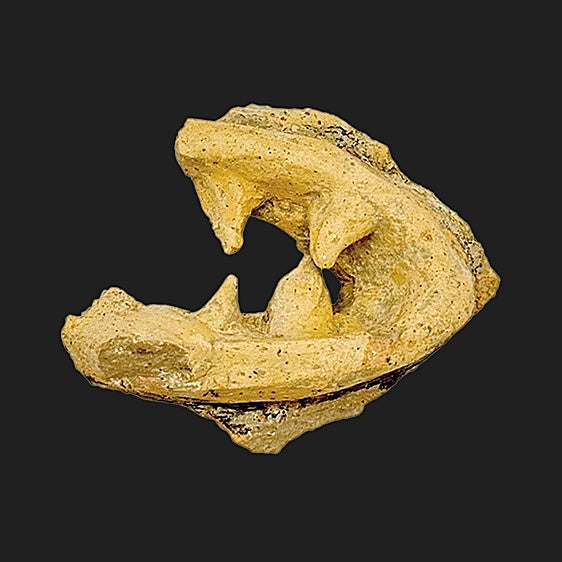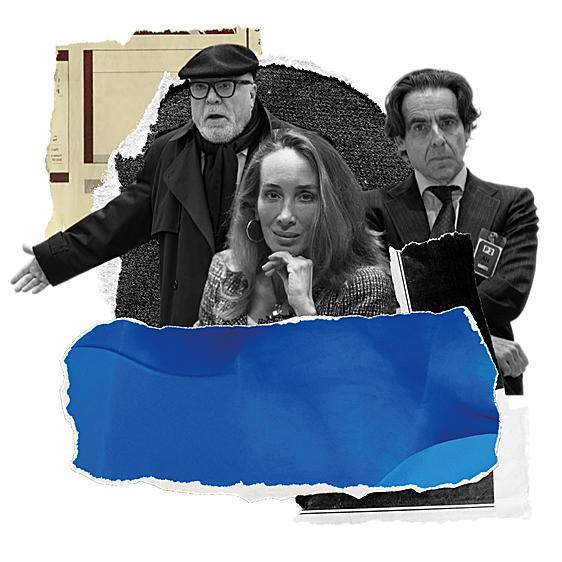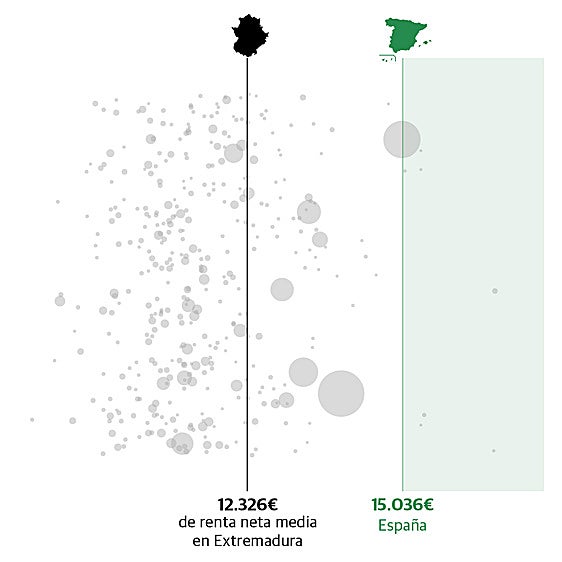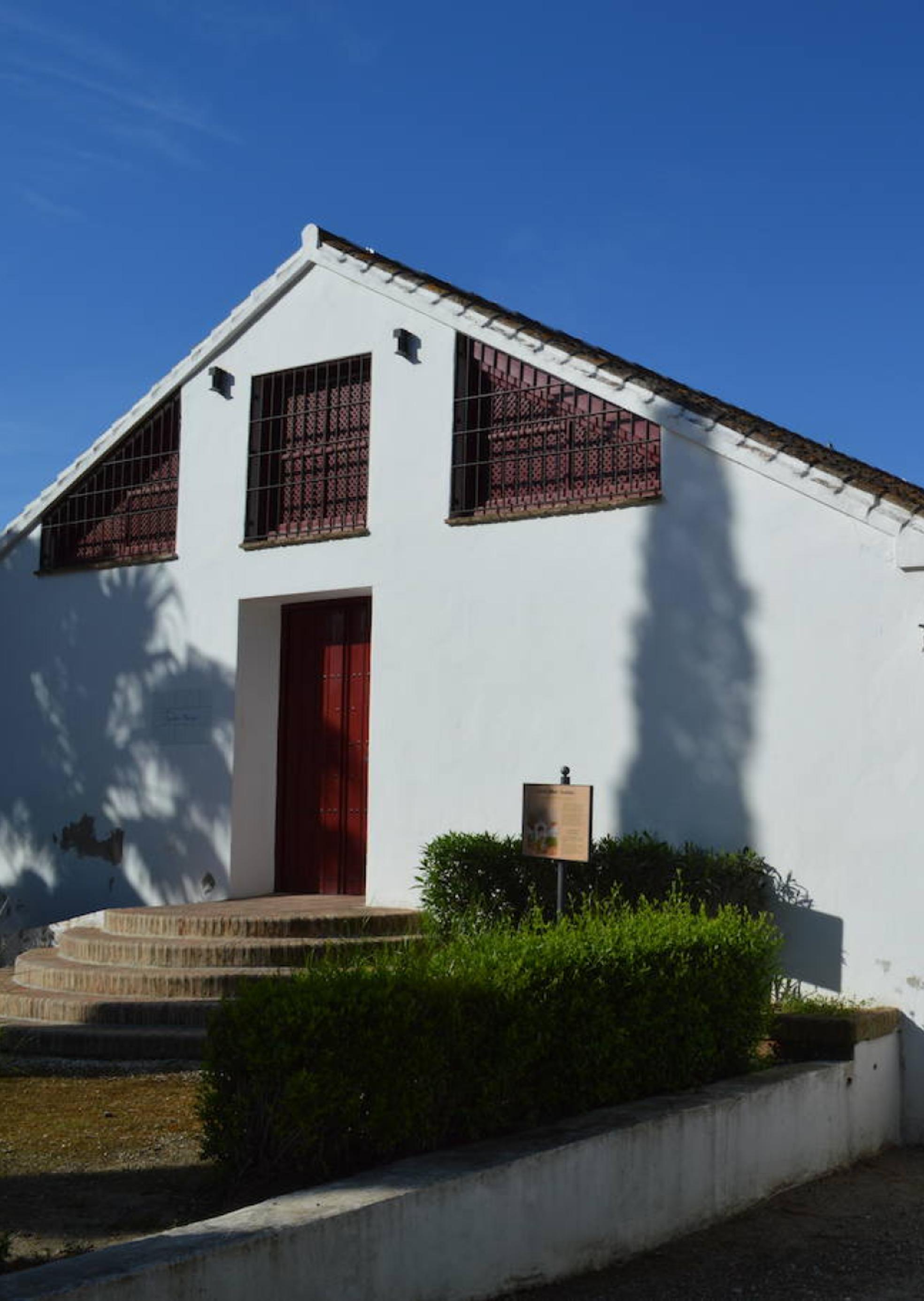Pizarra Museum, a connection with a well-known artist
CULTURAL TOURISM ·
The American artist Gino Hollander donated many of the items on display in this museum, which is in the Cortijo CasablancaANDREA JIMÉNEZ
Friday, 28 January 2022, 15:02
American artist Gino Hollander (1924-2015) came to Spain in 1962. Fascinated by the culture of his new home, he began to acquire antiques and historical items from all over the country and also from North Africa, and these now account for nearly 80 per cent of the collection at the museum in Pizarra, the village where he set up home in 1968.
Hollander's personal inquisitiveness has ended up becoming one of the great cultural attractions of the Guadalhorce Valley: a museum in the Cortijo Casablanca, a farmhouse dating back to Moorish times which is also a rural hotel and restaurant. "We have over 6,000 archaeological and ethnographic items, paintings, sculptures and furniture here," explains Diego Manceras, the director of the museum.
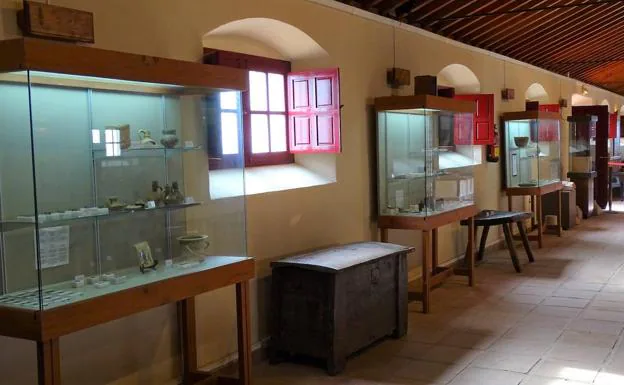
The permanent exhibition is divided between two large rooms. One of them is the Gino Hollander room and it contains archaeological pieces from different historical periods, ethnographic material and tools which were once used by workers in the countryside. This room is home to one of the most important pieces in the museum: a 'bifaz' (hand axe) which comes from Nairobi, in Kenya, and is approximately one million years old, according to Hollander's documentation. The documents show that it was a personal gift from British paleoanthropologist Louis Leakey.
"This piece may be from the Olorgesailie archaeological site in Kenya, which was excavated by Leakey in the 1940s," says Manceras.
The archaeological collection, which is one of the largest, ranges from Prehistory to the Middle Ages, passing through the times of the Iberians, Romans, Visigoths, Mozarabs and Muslims.
As well as items reflecting world history, the display focuses especially on the Guadalhorce Valley and its villages. There are medical utensils, ceramics, coins and lead seals, among other items.
Of special importance are the 'Palmela points', funerary items which have come from the excavations carried out in the municipality at the Castillejos de Quintana and La Ermita archaeological sites.
Furniture
The second room in the permanent exhibition is named after the late Agustín Clavijo, who was a professor at Malaga university. It contains an extensive display of furniture, most of which was collected by Hollander. With benches, trunks and chests, it recreates different traditional settings such as a sacristy, a studio, a kitchen and a bedroom. The exhibition is completed by a selection of Hollander's sculptures and paintings from the abstract expressionist era.
Although the Cortijo Casablanca in which the museum is situated is from the 19th century, it's origins date back to the 15th, says Diego Manceras. After starting as a Moorish farmhouse, it was given to Cristóbal de Mosquera by the Catholic Monarchs for his help during the taking of Malaga.
For more than 300 years it passed between several owners and in 1917 it was bought by the Condes de Puerto Hermoso as a cattle farm. In 1985 Pizarra council purchased it, and after being restored, it was inaugurated as a museum in January 1995.
Before this, the painter created the Hollander Museum in his own home in Pizarra, known as the Cortijo de Yeguas. Later, in 1988, he gave his collection to the town hall and returned to the USA, where he died in 2015. A large part of his legacy still remains here in the Guadalhorce Valley.
Years after the museum was created, a hotel and restaurant were also opened at the Cortijo Casablanca. "We have also created a room for temporary exhibitions at the museum, to boost local culture and give a voice to artists from Pizarra," says Manceras, who also points out that the property is very close to one of the routes on the Great Trail of Malaga. "We are one kilometre from Pizarra, and there are lots of activities that people can do here, it's a fantastic place to be," he says.
